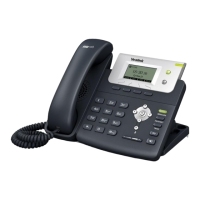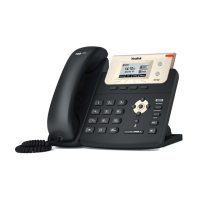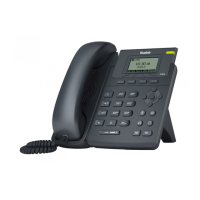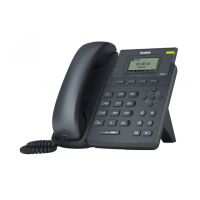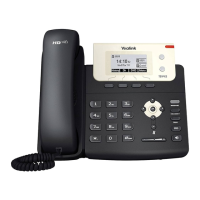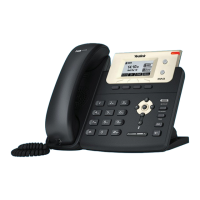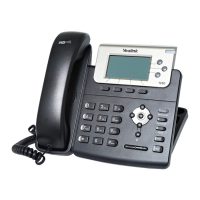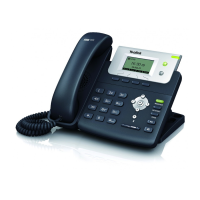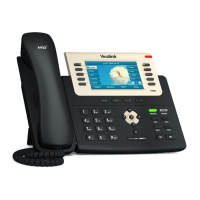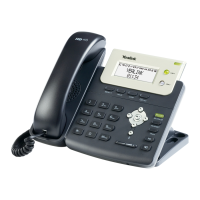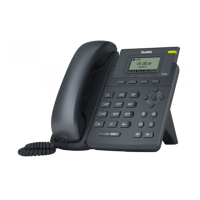Configuring Basic Features
479
Transfer Mode via Dsskey
Transfer mode via dsskey enables IP phones to handle the current call differently via the DSS
key. IP phones support three transfer modes: New Call, Blind Transfer and Attended Transfer.
For more information on Blind Transfer and Attended Transfer, refer to Call Transfer on page
469.
Note
The transfer mode via dsskey feature is available when the DSS key is assigned to the following
features:
Speed dial
Transfer
BLF/BLF List
For more information on how to configure the DSS Key, refer to Appendix D: Configuring DSS
Key on page 1014.
Procedure
Transfer mode via dsskey can be configured using the following methods.
Configure the transfer mode via
dsskey.
Navigate to:
http://<phoneIPAddress>/servlet?
p=features-transfer&q=load
